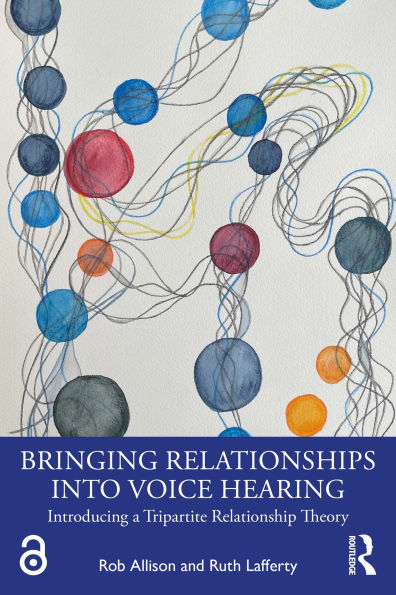This book presents a novel, theoretically informed practical approach to voice hearing, which aims to help readers improve relational harmony, reduce distress related to voice hearing, and improve experiences of supportive approaches.
This book presents a Tripartite Relationship Theory, which conceptualises experiences of voice hearing within voice hearer-voice practitioner (or other supporters) relationships. The first part of this book centres on theoretical aspects of the approach, emphasising voice hearers’ internal relational experiences with voices and their relational experiences with practitioners, set against a backdrop of mental healthcare, as a way of understanding voice hearing experiences. Shaped by this theoretical relational framework, the second part of this book provides readers with a practical application of how to support voice hearers to feel safe during times of distress, how to nurture helpful relationships, how to understand voice hearing experiences in relation to their life story, and how to “talk with” and “mark-make” with voices.
This book will be accessible to voice hearers, practitioners, and supporters. It provides a framework for understanding the felt experience of voice hearing and how to influence positive change and better relationships with self and voices.
This book presents a novel, theoretically informed practical approach to voice hearing, which aims to help readers improve relational harmony, reduce distress related to voice hearing, and improve experiences of supportive approaches.
This book presents a Tripartite Relationship Theory, which conceptualises experiences of voice hearing within voice hearer-voice practitioner (or other supporters) relationships. The first part of this book centres on theoretical aspects of the approach, emphasising voice hearers’ internal relational experiences with voices and their relational experiences with practitioners, set against a backdrop of mental healthcare, as a way of understanding voice hearing experiences. Shaped by this theoretical relational framework, the second part of this book provides readers with a practical application of how to support voice hearers to feel safe during times of distress, how to nurture helpful relationships, how to understand voice hearing experiences in relation to their life story, and how to “talk with” and “mark-make” with voices.
This book will be accessible to voice hearers, practitioners, and supporters. It provides a framework for understanding the felt experience of voice hearing and how to influence positive change and better relationships with self and voices.

Bringing Relationships into Voice Hearing: Introducing a Tripartite Relationship Theory
176
Bringing Relationships into Voice Hearing: Introducing a Tripartite Relationship Theory
176Related collections and offers

Product Details
| ISBN-13: | 9781040382882 |
|---|---|
| Publisher: | Taylor & Francis |
| Publication date: | 06/30/2025 |
| Sold by: | Barnes & Noble |
| Format: | eBook |
| Pages: | 176 |
| File size: | 3 MB |
